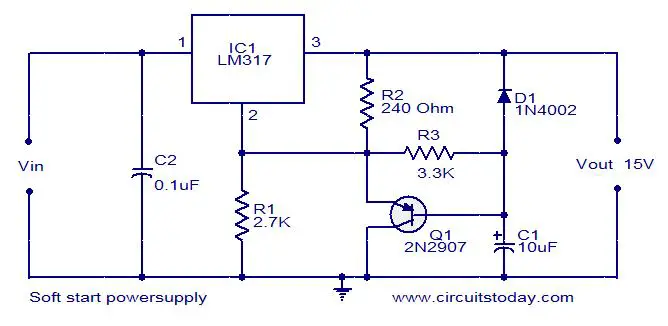AVR ที่ใช้อยู่ตอนนี้ มีอาการเอ่อๆครับ ช่วยวิเคราะห์ให้หน่อยครับว่ามันเป็นที่อะไร จะเริ่มเช็คจากตรงไหนก่อนดี
อาการคือ
-กดปุ่มหน้าเครื่อง เลือกโหมด พวก CD , DVD , TV อะไรพวกนี้ มันจะไม่เปลี่ยนตามที่เราเลือกทันที ต้องกดย่ำ ถึงจะได้ (กดเลือก CD มันดันไปออก DVD ต้องกดไปเรื่อยๆ ถึงจะได้ )
-กดปุ่มที่รีโมท เลือกโหมด พวก CD , DVD , TV อะไรพวกนี้ แทนที่จะกดทีเดียวแล้วเลือกเลย ต้องกด 2ครั้งตลอด ต่อการเปลียนโมท 1ครั้ง
-กดปุ่มที่รีโมท ปุ่ม menu กดแล้ว มีไฟ status ที่รีโมทดิต แต่เครื่องไม่ตอบสนอง
เครื่องเป็น Marantz sr4400 เก่าแล้วครับ ตอนนี้ยัง รู้ว่าเป็นที่ รีโมทหรือ เป็นที่เรื่อง เลยครับ
อาการคือ
-กดปุ่มหน้าเครื่อง เลือกโหมด พวก CD , DVD , TV อะไรพวกนี้ มันจะไม่เปลี่ยนตามที่เราเลือกทันที ต้องกดย่ำ ถึงจะได้ (กดเลือก CD มันดันไปออก DVD ต้องกดไปเรื่อยๆ ถึงจะได้ )
-กดปุ่มที่รีโมท เลือกโหมด พวก CD , DVD , TV อะไรพวกนี้ แทนที่จะกดทีเดียวแล้วเลือกเลย ต้องกด 2ครั้งตลอด ต่อการเปลียนโมท 1ครั้ง
-กดปุ่มที่รีโมท ปุ่ม menu กดแล้ว มีไฟ status ที่รีโมทดิต แต่เครื่องไม่ตอบสนอง
เครื่องเป็น Marantz sr4400 เก่าแล้วครับ ตอนนี้ยัง รู้ว่าเป็นที่ รีโมทหรือ เป็นที่เรื่อง เลยครับ













Comment